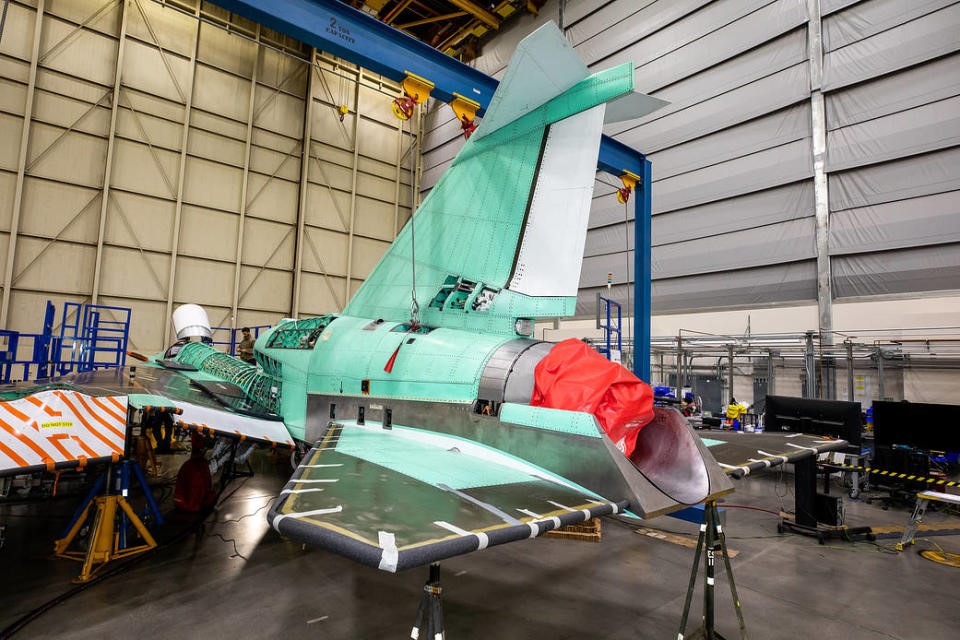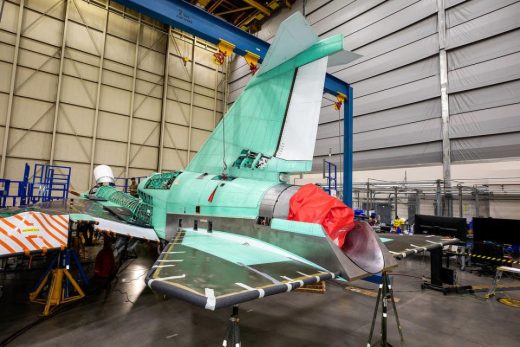NASA’s new X-59 plane could hit supersonic speeds with minimal sonic boom
NASA’s new X-59 plane could hit supersonic speeds with minimal sonic boom
The X-59 aircraft is designed to be barely audible in flight.

NASA’s X-59 Quesst supersonic commercial jet, which is being developed by Lockheed Martin, will have its flight test livestreamed as a demonstration of how quiet it can be in the air. The $247.5 million Quesst, whose name is short for Quiet SuperSonic Tech, will be shown on the livestream dramatically emerging from Lockheed Martin’s Skunk Works facility in Palmdale, California. NASA has been on a mission since 2018 to prove that its X-59 can fly over cities without producing noise pollution, or sonic booms. This test flight marks an important milestone in the six-year-old project.
The first flight will be streamed on January 12 at 4pm ET on YouTube, as well as the NASA app and the NASA+ streaming service.
The space agency said it will survey people about the noises they hear from the jet during the first flight. It did not specify how it would find these people, or many people it would poll. The data collected will be sent to regulators and used to help propose new rules that limit the use of supersonic jets. The US federal government has blocked all civilian supersonic jets from flying over land for over five decades.
When NASA first announced its quiet supersonic technology project in 2018, administrator Jim Bridenstine said, “This aircraft has the potential to transform aviation in the United States.” While the jet was supposed to first take flight in 2021, the debut today still marks a major milestone in the QueSST mission. By 2027, NASA expects to have more definitive results about how effective the new aircraft technology is at reducing flight noise.
If new laws are eventually passed that permit supersonic jet aircrafts to fly in close proximity to land, high-speed commercial flights could become a reality. Once NASA and Lockheed Martin finalize development of the aircraft, the agency said it will conduct safety evaluations for about nine months. After enough evidence is shared to prove that the Quesst aircraft can be flown safely, NASA plans to expand its flight tests to cities across the US and collect more information about the noise it produces through additional surveys.
(13)



